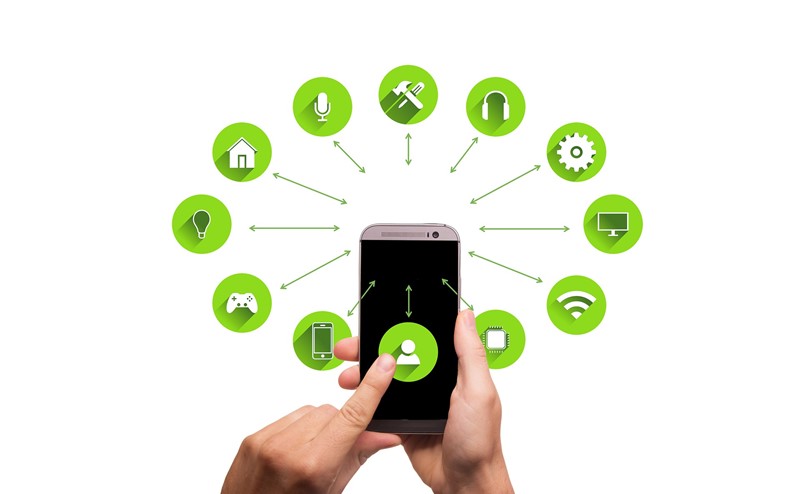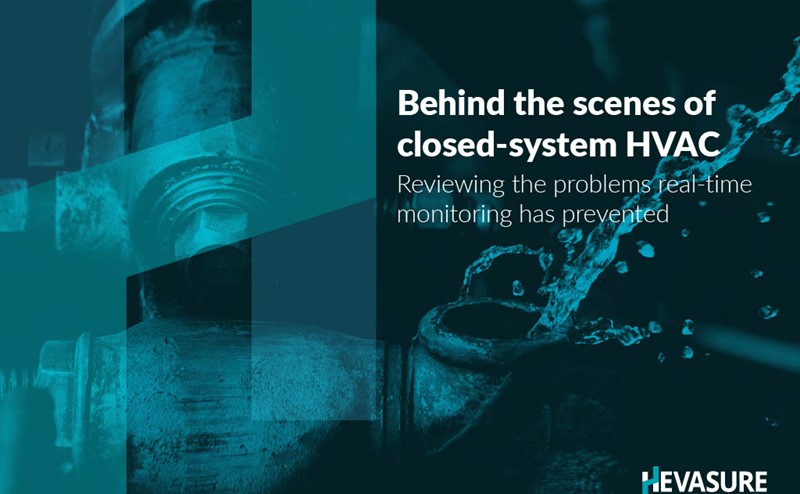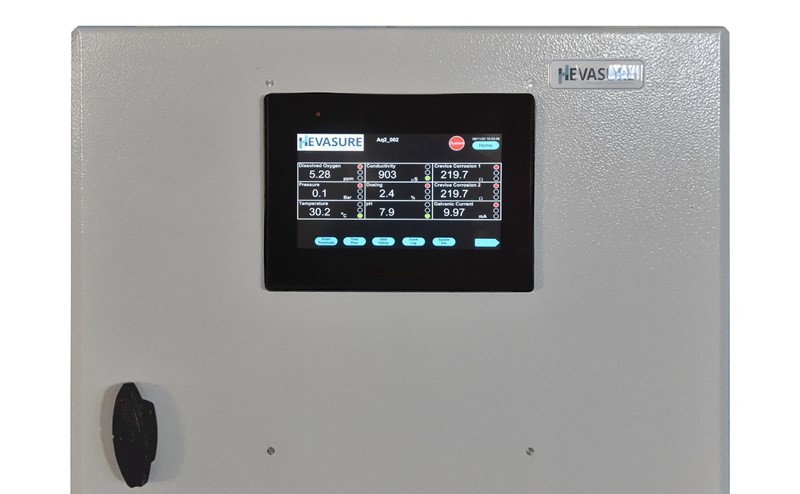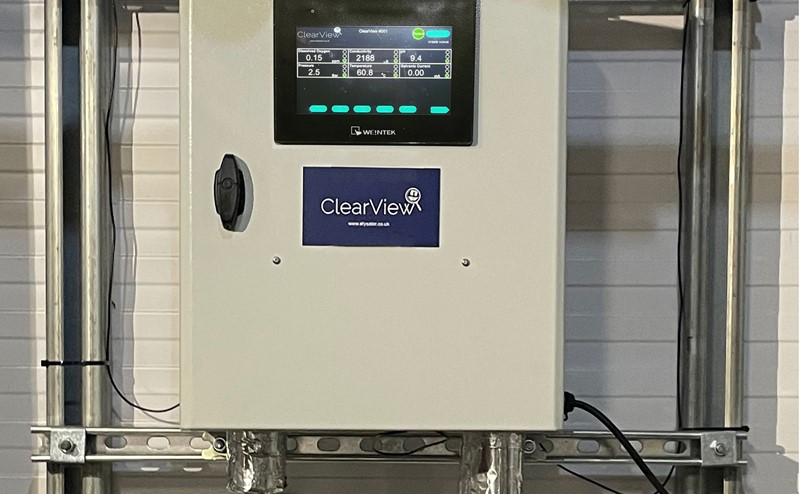
Remote HVAC monitoring explained - FAQs
Everything you need to know about HVAC remote monitoring
Remote HVAC monitoring is a great way of checking the condition of a system to ensure it operates efficiently, avoiding breakdown and allowing responsible parties to view the status of key parameters from any location and act quickly if things go wrong.
Here are some frequently asked questions about this important tool in modern HVAC operations.
How does remote HVAC monitoring work?
Remote monitoring works using sensors which detect information about a system, such as temperature, humidity or air quality. This information is then collected and communicated to web-based software which can be accessed ‘remotely’, allowing key parameters that can be indicative of the efficient running of a HVAC system to be viewed from an internet enabled device.
The Hevasure remote HVAC monitoring system is designed specifically for closed-loop water systems and tracks parameters that can suggest corrosive conditions, such as dissolved oxygen, temperature, inhibitor levels and pH. Our customers can then view this information through the Hevasure dashboard, with readings taken every 15 minutes to provide an accurate real-time picture.
What is a HVAC sensor?
HVAC sensors are used to track parameters within a HVAC system responsible for occupant comfort and/or efficient operations. Temperature, humidity and pressure sensors are most commonly used, in some cases integrated into the same device.
The HVAC sensors in Hevasure’s remote monitoring technology check the conditions in a closed-circuit water system that need to be maintained within specific limits to ensure optimal operation.
We use a range of sensors that measure parameters responsible for corrosion such as dissolved oxygen, pH and conductivity as well as ones that determine the cause of adverse conditions - pressure, temperature and flow rates. Using our patented sensors we can also determine the corrosion rates and failure modes of a variety of metals.
You can find a full list of what our HVAC sensors monitor, here.
What are the benefits of remote HVAC monitoring?
HVAC remote monitoring has a number of benefits. Whatever the application, by having a true and real-time picture of system condition, expensive repairs and breakdown can be avoided as any changes in condition are instantly flagged-up. For remote monitoring systems checking comfort parameters, this approach ensures optimum conditions for building users.
The other major benefit, particularly in the socially distanced world we now find ourselves in, is that remote monitoring limits the need for people on site – to check the status of a HVAC system, and during ‘routine’ call-outs.
A remotely monitored system only needs intervention if a problem is identified. This also has the benefit of reducing staffing costs and improving maintenance practices. For the closed-systems we monitor, remote monitoring can also lead to a reduced need for sampling, flushing and chemical dosing.
For more information about Hevasure’s technology, click here.







